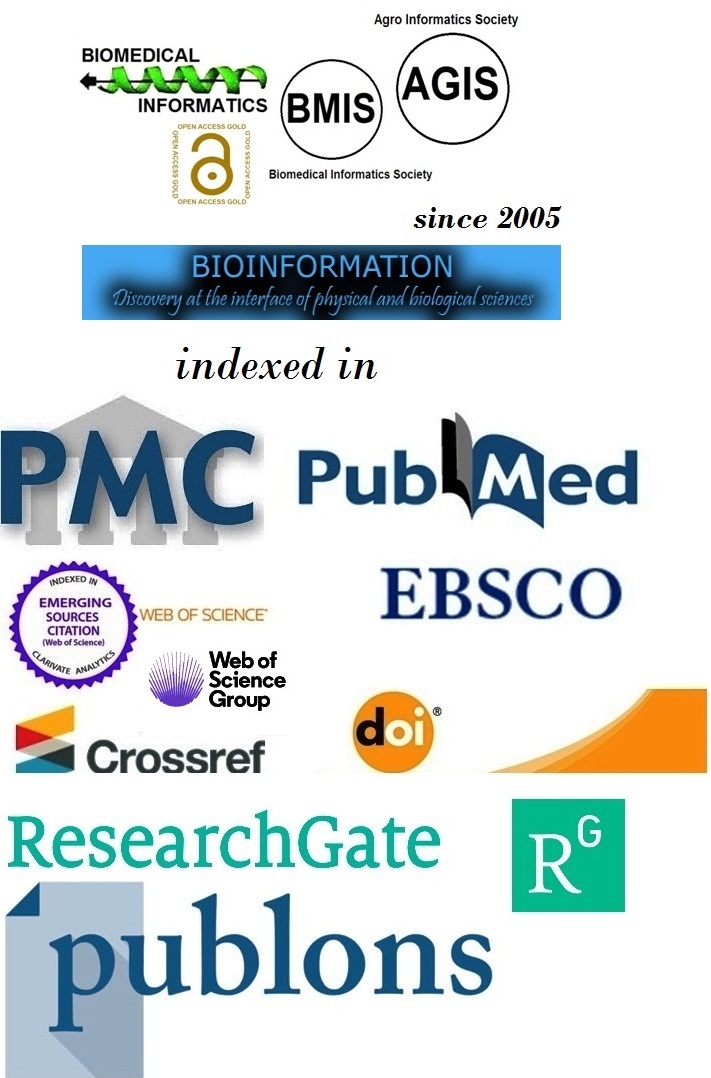Title
Microbial spectrum of cervicovaginal discharge in symptomatic Indian women of reproductive age group
Authors
Neelima Singh1,*, Dipali Prasad2 & Kumar Saurabh3
Affiliation
1Department of Microbiology, Himalaya Medical College and Hospital, Patna, Bihar, India; 2Department of Obstetrics and Gynaecology, IGIMS, Patna, Bihar, India; 3Department of Microbiology, IGIMS, Patna, Bihar, India; *Corresponding author
Neelima Singh - E - mail: dr.neelimasingh06@gmail.com
Dipali Prasad - E - mail: dr.dipalipd@gmail.com
Kumar Saurabh - E - mail: kr.saurabh14@gmail.com
Article Type
Research Article
Date
Received April 1, 2025; Revised April 30, 2025; Accepted April 30, 2025, Published April 30, 2025
Abstract
Cervicovaginal discharge is commonly caused by infections like aerobic vaginitis (AV), bacterial vaginosis (BV), vulvovaginal candidiasis (VVC) and trichomoniasis. Microbial growth was found in 77.27% of samples, with AV being the most prevalent (35%) in a study of 220 symptomatic women. Bacterial vaginosis was confirmed using Nugentís and Amselís criteria. Enterococcus spp., E. coli and Staphylococcus aureus were major AV pathogens. Non-albicans Candida species were more common than C. albicans in VVC cases. Hence, accurate microbial identification is vital for targeted therapy, especially given rising non-albicans Candida prevalence.
Keywords
Cervicovaginal discharge, bacterial vaginosis, aerobic vaginitis, vulvovaginal candidiasis, Trichomonas vaginalis, microbial spectrum, reproductive health
Citation
Singh et al. Bioinformation 21(4): 853-857 (2025)
Edited by
Hiroj Bagde MDS, (PhD), PGDCR, PGDHHM, PGDL, PGDM
ISSN
0973-2063
Publisher
License
This is an Open Access article which permits unrestricted use, distribution, and reproduction in any medium, provided the original work is properly credited. This is distributed under the terms of the Creative Commons Attribution License.
